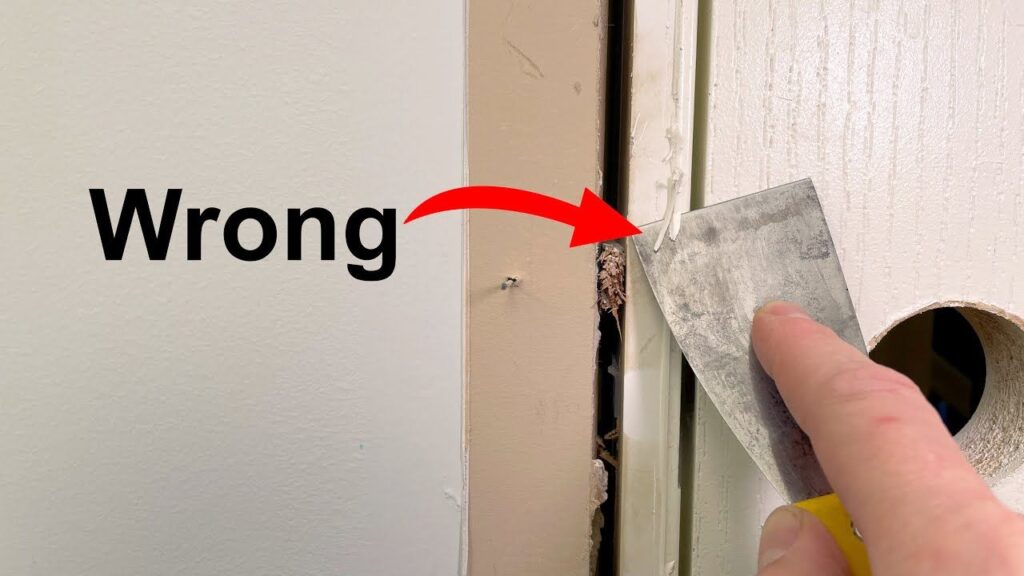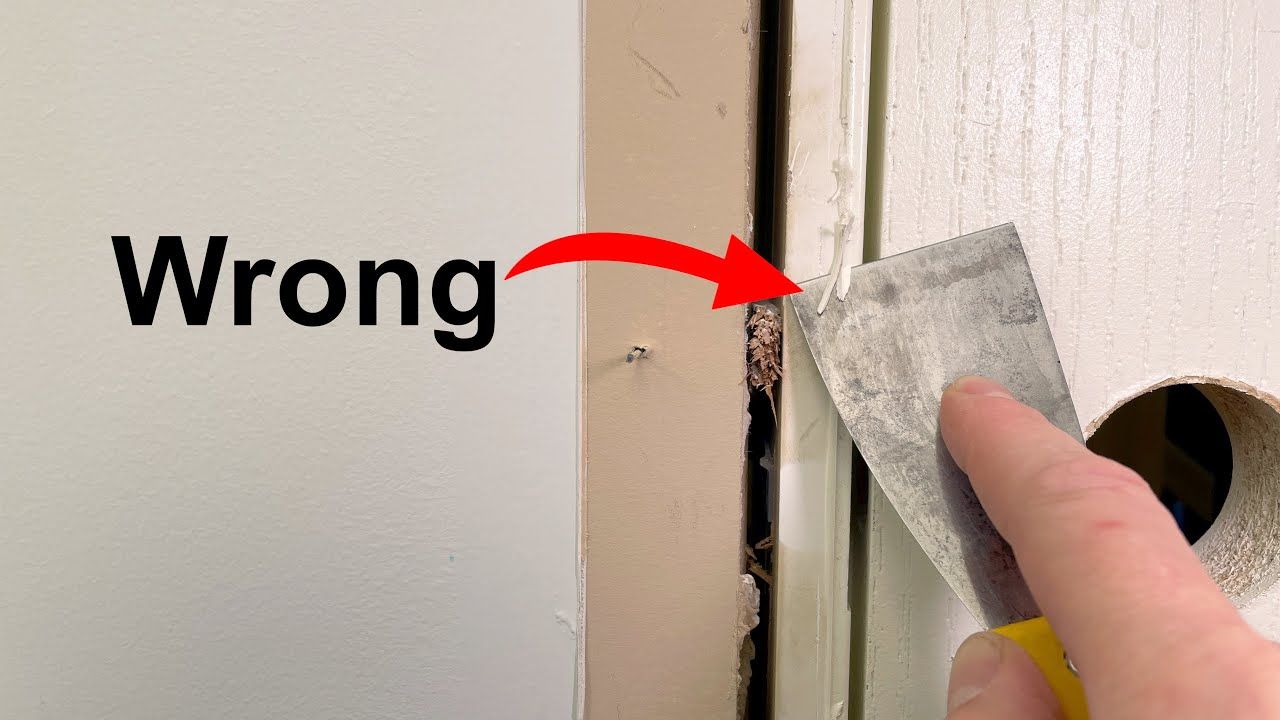
How to Remove Old Caulk From Tile: A Comprehensive Guide
Unsightly, cracked, or discolored caulk can detract from the beauty of your tiled surfaces and even lead to water damage if left unattended. Learning how to remove old caulk from tile is a valuable skill for any homeowner, allowing you to refresh your bathroom, kitchen, or any other tiled area. This comprehensive guide will walk you through the necessary tools, step-by-step instructions, and essential tips for a successful caulk removal project. We’ll cover everything from identifying the type of caulk you’re dealing with to preventing future caulk-related issues.
Why Removing Old Caulk is Important
Before diving into the process, it’s crucial to understand why removing old caulk from tile is so important. Over time, caulk deteriorates due to exposure to moisture, temperature fluctuations, and cleaning chemicals. This deterioration can lead to several problems:
- Water Damage: Cracked or missing caulk allows water to seep behind tiles, potentially damaging the underlying structure, leading to mold growth, and costly repairs.
- Mold and Mildew Growth: Damp environments behind the tile create a breeding ground for mold and mildew, which can pose health risks and further damage the surrounding area.
- Aesthetic Issues: Old, discolored caulk simply looks unappealing and can detract from the overall appearance of your tiled surfaces.
By proactively removing old caulk from tile, you can prevent these issues and maintain the integrity and beauty of your tiled areas.
Tools and Materials You’ll Need
Gathering the right tools and materials is essential for a smooth and efficient caulk removal process. Here’s a list of what you’ll need:
- Utility Knife or Caulk Removal Tool: A sharp utility knife or a specialized caulk removal tool is necessary for cutting through the old caulk.
- Putty Knife or Scraper: A putty knife or scraper will help you pry and scrape away the remaining caulk residue.
- Heat Gun or Hair Dryer (Optional): Applying heat can soften the caulk, making it easier to remove.
- Caulk Softener (Optional): Chemical caulk softeners can help break down tough caulk.
- White Vinegar or Rubbing Alcohol: These can help remove any remaining residue and clean the surface.
- Clean Cloths or Sponges: For wiping away residue and cleaning the area.
- Safety Glasses: To protect your eyes from flying debris.
- Gloves: To protect your hands from chemicals and sharp tools.
- Vacuum Cleaner or Shop Vac: To clean up caulk debris.
Step-by-Step Guide: Removing Old Caulk From Tile
Follow these steps to effectively remove old caulk from tile:
Step 1: Prepare the Area
Start by clearing the area around the caulk you want to remove. Protect any nearby surfaces with drop cloths or painter’s tape. Ensure adequate ventilation by opening windows or turning on a fan.
Step 2: Soften the Caulk (Optional)
If the caulk is particularly hard or brittle, you can soften it using a heat gun or hair dryer. Apply heat to the caulk for a few seconds at a time, being careful not to overheat the surrounding tile. Alternatively, you can apply a caulk softener according to the manufacturer’s instructions.
Step 3: Cut Through the Caulk
Using a utility knife or caulk removal tool, carefully cut along both edges of the caulk bead. Apply even pressure and try to avoid scratching the tile. Make multiple passes if necessary to fully penetrate the caulk.
Step 4: Remove the Bulk of the Caulk
Once you’ve cut through the edges, use a putty knife or scraper to pry and lift the caulk away from the tile. Work slowly and carefully to avoid damaging the tile. You may need to use the utility knife to cut the caulk into smaller sections for easier removal.
Step 5: Remove Remaining Residue
After removing the bulk of the caulk, you’ll likely be left with some stubborn residue. Use a putty knife or scraper to gently scrape away any remaining pieces. For particularly stubborn residue, you can try applying white vinegar or rubbing alcohol and letting it sit for a few minutes before scraping.
Step 6: Clean the Surface
Once you’ve removed all the caulk and residue, thoroughly clean the surface with a clean cloth or sponge and a mild cleaning solution. This will remove any remaining dirt, grime, or caulk softener. Rinse with clean water and allow the surface to dry completely before applying new caulk. Removing old caulk from tile requires patience, so take your time.
Step 7: Vacuum and Dispose
Use a vacuum cleaner or shop vac to clean up all the caulk debris. Dispose of the old caulk properly.
Tips for Easier Caulk Removal
Here are some additional tips to make the process of removing old caulk from tile easier:
- Use a specialized caulk removal tool: These tools are designed to make the job easier and reduce the risk of damaging the tile.
- Work in small sections: Removing the caulk in small sections makes it easier to control and reduces the risk of damaging the tile.
- Be patient: Removing old caulk can be time-consuming, so be patient and take your time.
- Apply heat carefully: When using a heat gun or hair dryer, be careful not to overheat the tile, as this could cause it to crack.
- Consider the type of caulk: Different types of caulk may require different removal techniques. For example, silicone caulk can be more difficult to remove than acrylic caulk.
Preventing Future Caulk Issues
Once you’ve successfully removed old caulk from tile, you’ll want to prevent future problems. Here are some tips:
- Choose the right caulk: Select a high-quality caulk that is specifically designed for use in wet environments, such as bathrooms and kitchens. Look for caulk that is mold and mildew resistant.
- Apply caulk properly: Ensure the surface is clean and dry before applying new caulk. Apply a smooth, even bead of caulk and tool it properly to create a watertight seal. [See also: How to Apply Caulk Like a Pro]
- Maintain the caulk: Regularly inspect the caulk for cracks or damage. Repair any damage promptly to prevent water from seeping behind the tile.
- Clean regularly: Clean the caulk regularly with a mild cleaning solution to prevent mold and mildew growth.
When to Call a Professional
While removing old caulk from tile is a DIY-friendly project, there are certain situations where it’s best to call a professional:
- Extensive damage: If the underlying structure is damaged due to water penetration, it’s best to consult a professional contractor.
- Mold infestation: If you suspect a significant mold infestation, it’s best to call a mold remediation specialist.
- Difficult access: If the caulk is in a hard-to-reach area, it may be safer and easier to hire a professional.
- You’re uncomfortable with the project: If you’re not comfortable with any aspect of the caulk removal process, it’s best to err on the side of caution and hire a professional.
Removing old caulk and replacing it with fresh caulk is a simple way to improve the look and functionality of your tiled surfaces. By following these steps and tips, you can successfully remove old caulk from tile and prevent future problems. Remember to work carefully, take your time, and prioritize safety. With a little effort, you can achieve professional-looking results and enjoy a refreshed and protected tiled area. The process of learning how to remove old caulk from tile will save you money and help you maintain your home. Remember to always wear safety glasses and gloves when removing old caulk from tile. Proper preparation and using the right tools makes removing old caulk from tile much easier. Understanding the type of caulk also helps with removing old caulk from tile. Don’t forget to clean the tile thoroughly after removing old caulk from tile. Regularly checking your caulk prevents the need for drastic removing old caulk from tile projects. Many DIYers find removing old caulk from tile a rewarding experience. Applying new caulk after removing old caulk from tile is just as important. If you’re unsure about removing old caulk from tile, seek professional help. Good ventilation is essential when removing old caulk from tile. Dispose of the old caulk properly after removing old caulk from tile. Finally, be patient when removing old caulk from tile for the best results.

